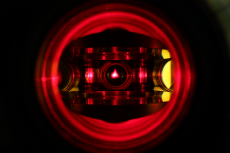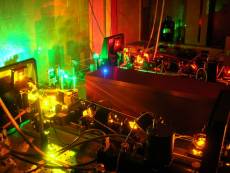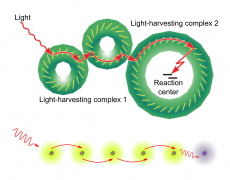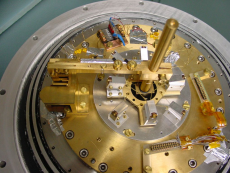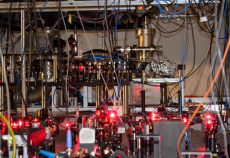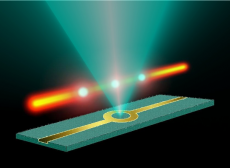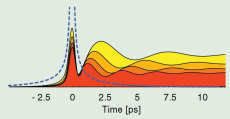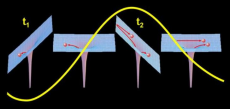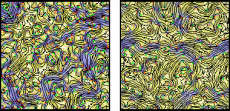CQD Special Seminar
29. March 2019 15:00
Konferenzraum 4, 01.106, Physikalisches Institut, INF 226Towards Quantum Information Processing with Atom-Filled Hollow-Core Fibres
Dr. Ben Sparkes
Institute for Photonics & Advanced Sensing, The University of Adelaide, Australia
Quantum information networks will deliver the capability for long-distance, provably-secure communications via quantum key distribution, as well as optical quantum computing. Our work aims to provide components for these quantum networks: our specific design makes use of hollow-core photonic crystal fibres (HCPCFs) filled with rubidium atoms, and are amenable to direct integration with current optical fibre technology. The tight transverse confinement (diameter of tens of microns) and extended interaction lengths (centimetres) of the HCPCFs provides an extremely optically dense medium, ideal for efficient quantum information storage and for achieving strong atom-mediated photon-photon interactions. I will present results from our experiments aiming for efficient, coherent and noiseless storage of high-bandwidth optical pulses in warm rubidium-filled HCPCFs using the off-resonance cascade absorption (ORCA) technique. We have also recently demonstrated the ability to load a record number of laser-cooled atoms into a hollow-core optical fibre and I will present our latest results towards achieving high efficiency, long-lived storage.

